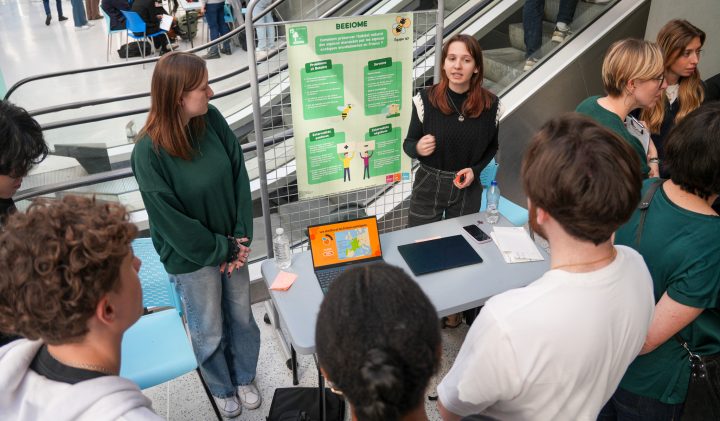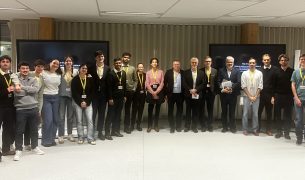Many engineering students hear about technical associations early in their academic journey—whether through professors, campus events, or de bouche à oreille. But while some rush to sign up, others hesitate, unsure of what they’re really getting into. Is joining a technical association worth the time? Will it actually help with future job prospects? Or is it just another extracurricular that sounds good on a resume?
From choosing the right association to balancing commitments and making the most of exclusive perks, this article unpacks what engineering students wish they knew before signing up.
Choosing the Right Technical Association: More Than Just a Popular Name
Joining the wrong association can be just as bad as not joining one at all. Many students are drawn to big names, only to realize later that the group’s focus doesn’t align with their actual interests or career goals.
Evaluating Opportunities Beyond Networking
A strong network is valuable, but students often underestimate the power of associations that offer:
- Hands-on experience through hackathons, coding challenges, and prototyping competitions
- Exclusive access to industry tools, software, and datasets
- Mentorship programmes connecting students with seasoned engineers in their field
Looking Into the Association’s Leadership Culture
Some associations function as vibrant, idea-sharing communities, while others are more bureaucratic. If leadership roles are monopolized by a small group, it may limit opportunities for new members to contribute or grow. A collaborative and inclusive culture is a sign of an association worth investing in.
Managing Time Commitments: Avoiding Burnout
The excitement of joining a technical association can sometimes lead students to overcommit, signing up for multiple groups, volunteering for projects, and attending endless meetings, only to realize they’re overwhelmed.
Balancing Academics and Extracurriculars
Time management is key. Engineering coursework is demanding, and technical associations should complement, not compete with, academic priorities. Students who set realistic commitments early on can engage meaningfully without jeopardizing their grades.
Quality Over Quantity: The One-Association Rule
Many students think being in multiple associations is impressive, but spreading too thin often results in surface-level involvement instead of deep, impactful contributions. One well-chosen association with active participation can be far more beneficial than juggling five with minimal engagement.
The ‘Invisible Workload’ No One Talks About
Students often focus on visible benefits, networking events, research opportunities, but overlook the behind-the-scenes workload. Administrative tasks, event planning, and coordination efforts can quickly become overwhelming if not anticipated. Choosing an association that divides responsibilities effectively can prevent exhaustion.
Leveraging Exclusive Perks: What Many Students Overlook
Many technical associations offer hidden gems that go unused simply because students don’t know they exist.
Access to Labs, Tools, and Datasets
Some associations provide student members with resources that would otherwise be expensive or inaccessible, such as:
- Specialized software
- 3D printing and fabrication labs
- Industry reports and proprietary datasets for research projects
Real-World Project Collaborations
Certain associations partner with companies and research institutions to offer members the chance to work on real-world problems. These projects don’t just add to a resume, they provide practical experience that translates directly to the job market.
Travel Grants & Conference Access
Many associations offer funding for members to attend international conferences, present research, or compete in technical competitions. These experiences can be career-defining but are often underutilized simply because students don’t inquire about them.
Technical associations can be powerful career accelerators when approached strategically. By choosing the right association, managing time effectively, and taking advantage of underutilized resources, engineering students can turn membership into a meaningful stepping stone toward their future careers.
For those considering joining an association, the best advice is simple: be intentional, stay engaged, and never underestimate the hidden opportunities waiting to be explored.




















